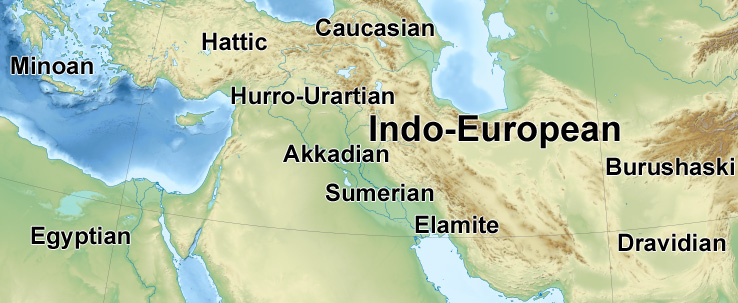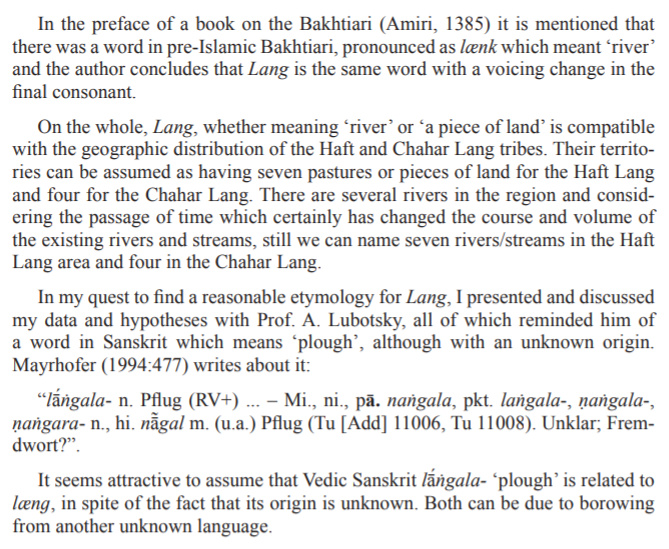Idontknowwhatimdoing
Fledgling
- Messages
- 242
- Reaction score
- 51
- Points
- 28
- Ethnic group
- Greek Cypriot
Logkas04(the older one) has 50% Logkas02 has about 30-35% steppe
Yes, Logkas02 has around 28% and Logkas04 has around 46%. We see that Steppe was getting diluted quite early in Greece before reaching the main Mycenaean region.
Code:
P 0.263
target left weight se z
<chr> <chr> <dbl> <dbl> <dbl>
1 Greece_Logkas_MBA_Log04.SG Turkey_N 0.471 0.0286 16.4
2 Greece_Logkas_MBA_Log04.SG Iran_TepeAbdulHosein_N.SG 0.0474 0.0338 1.40
3 Greece_Logkas_MBA_Log04.SG Russia_Samara_EBA_Yamnaya 0.458 0.0538 8.52
4 Greece_Logkas_MBA_Log04.SG Serbia_IronGates_Mesolithic 0.0238 0.0282 0.841
P 0.122
target left weight se z
<chr> <chr> <dbl> <dbl> <dbl>
1 Greece_Logkas_MBA_Log02.SG Turkey_N 0.566 0.0257 22.0
2 Greece_Logkas_MBA_Log02.SG Iran_TepeAbdulHosein_N.SG 0.0908 0.0349 2.60
3 Greece_Logkas_MBA_Log02.SG Russia_Samara_EBA_Yamnaya 0.277 0.0543 5.11
4 Greece_Logkas_MBA_Log02.SG Serbia_IronGates_Mesolithic 0.0663 0.0276 2.40




